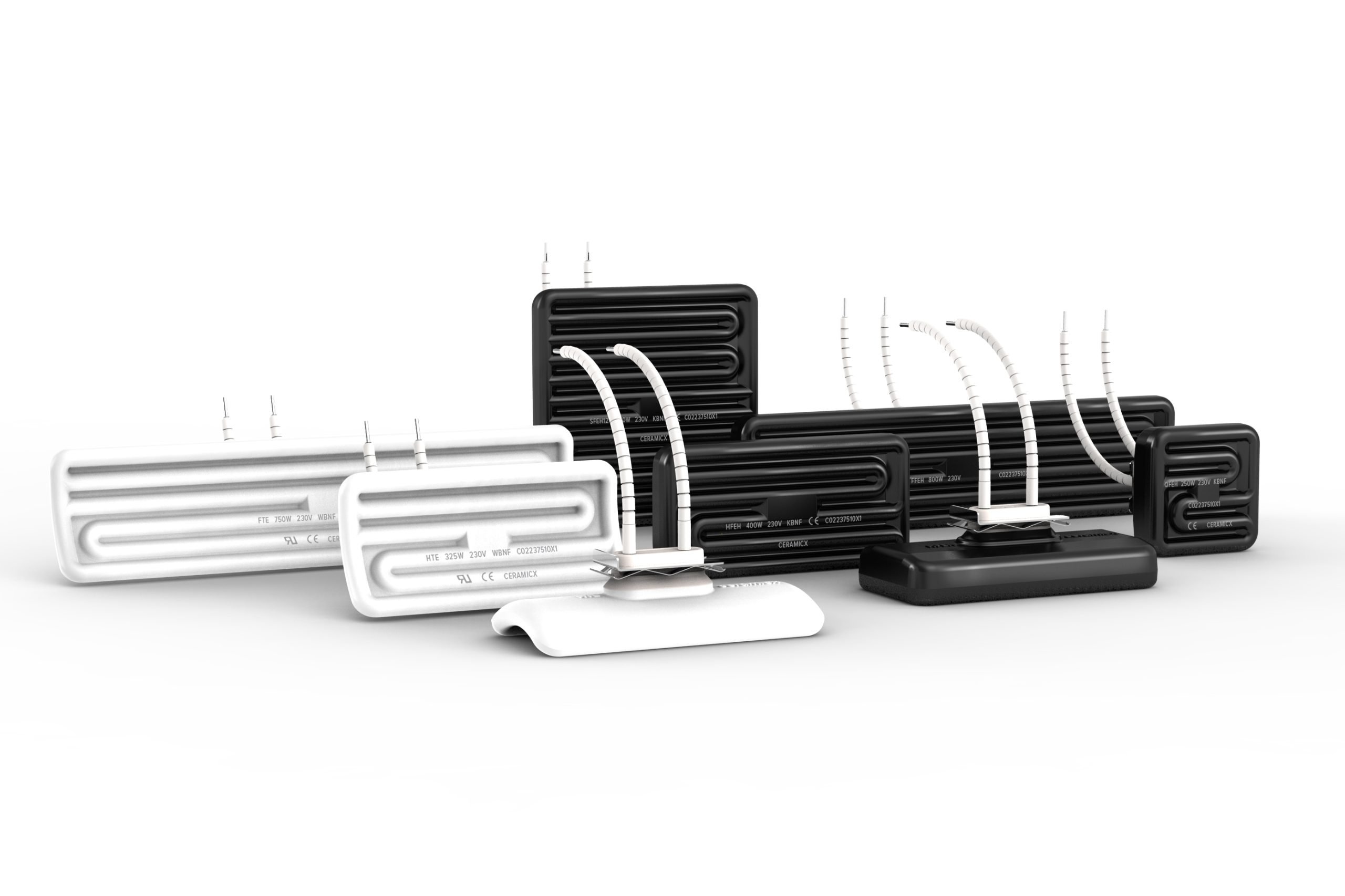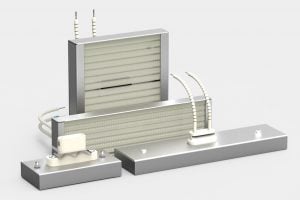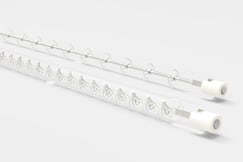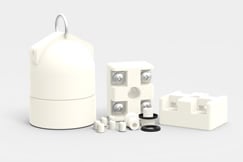| AUTHOR | DATE CREATED | VERSION | DOCUMENT NUMBER |
|---|---|---|---|
| Simon Lea | 4 September 2011 | V1.1 | HW-004 |
Introduction
To experience infrared heating at first hand is to know that there is a real and qualitative difference in kind between it and other heat sources. The expression often used is that ‘it really gets into your bones’. It’s not just humans. A number of IR heating applications are being developed on the pet care and livestock front that attest to the quality of the heat.
This end of the infrared radiation spectrum, sometimes known as Far Infrared Radiation (FIR) has become of interest to Birmingham-based innovator Simon Lea to whom we talked about some of the science and first principles.
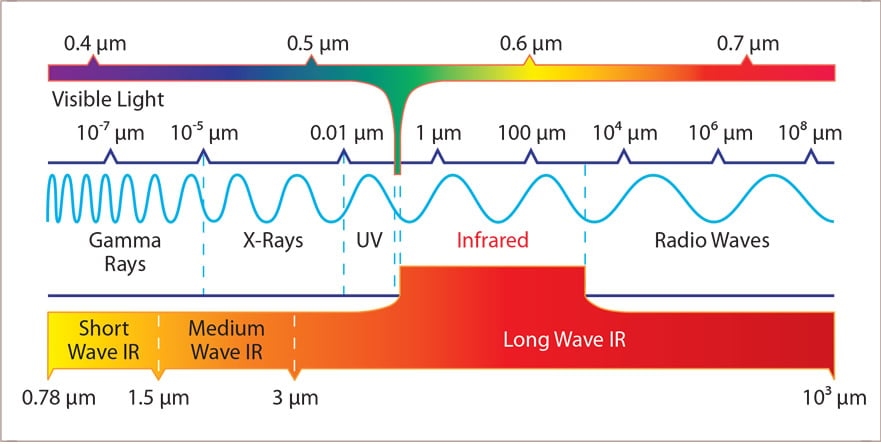
The bottom line, is that the entire electromagnetic spectrum is derived from our solar system. Within it lies the infrared spectrum, and within the infrared spectrum can be described five distinct and overlapping sectors, culminating in the far infrared spectrum (FIR) which is graded from 3-1000 microns in wavelength. This is the part of the spectrum that most interests me – especially in relation to the human interface and the human body.
There are two primary factors of equal importance at work when considering the impact of infrared systems upon the human body.
Human radiation
The first is that – like any living organism – human beings are themselves a source of infrared radiation. Most research suggests that humans emit infrared radiation to the tune of between 3-50 microns.
The exact methodology can be worked out using a number laws of physics, including Plancks constant, Boltzmann constant, temperature and light calculations, The central equation can be presented thus:

The basic point is that in our solar system, objects – including humans – both absorb and emit infrared waves – and the above equation presents the differentials between the two.
In daily life, the human sensitivities to infrared – give and receive can be noticed along the way. Several electromagnetic frequencies (EMF) are also transmitted from electrical devices we use every day – mobile phones, electric motors, hair dryers, hybrid cars, electrical pylons, phone masts. It is interesting to note that thermal imaging devices – such as night cameras – are typically set at most sensitive in the 7-14 micron range for human beings and human vision.’
The first issue then is that when it comes to infrared emission the human body is far from a blank slate. Conventional scientific wisdom and measurement show that human beings typically emit most of their infrared radiation at around 9.5 micron wavelengths. This is the benchmark – indicating the core human temperature – from which most systems will operate.
Infrared and water
The second issue with the IR/Human interface is the relationship of infrared radiation to water. As human beings are comprised of at least 70% water – this relationship is of key importance.
The nature of infrared wavelengths can in fact be defined by the water absorption behaviour. Different wavelengths agitate the molecules in different ways. The size of the wavelength can be measured by how the molecules vibrate.
All molecules vibrate – as long as they are at a temperature above (theoretical) absolute zero (-273.15 °C). When they vibrate they give off a vibrational (infrared) frequency and scientists have worked out that when molecules are at a certain temperature each different type of molecule emits a different infrared frequency which can be measured by an infrared spectrometer – a machine which measures the frequency a molecule is vibrating at.’
Most of us are aware that our bodies should be made up of 70-90% water, so therefore it may be of some interest for us to know what the spectral absorption rate of water is. Unfortunately as with a lot in the scientific field there is no easy answer to that!’
At the last count, according to published sources, ‘water has approximately 64,000 registered absorption rates! – Complications arise from temperature, atmospheric pressure solid liquid or gas. Different wavelengths agitate water (H2O) molecules in different ways. Below are some examples of that agitation (known as stretching or bending). The pale blue represent the ‘H2’ and the dark blue represents the ‘O’.
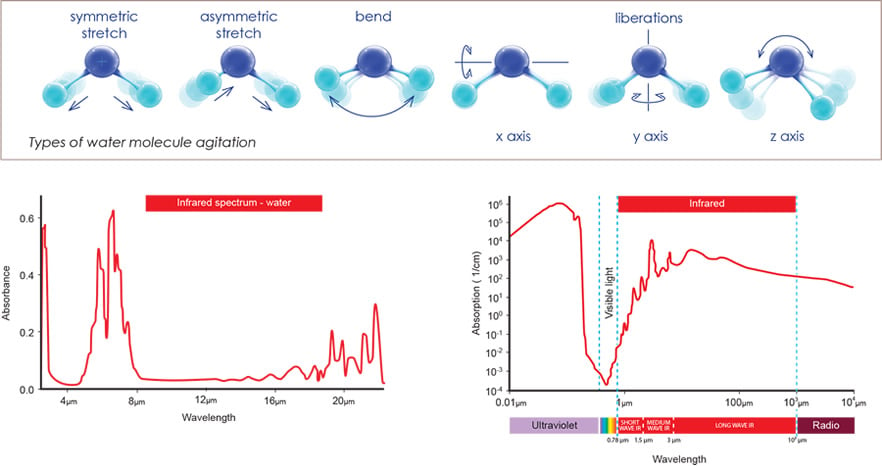
It is worth noting that the absorbance of water at the 4-8 micron range as seen above, is the wavelength at which water experiences bending vibrations in its molecular structure.
My view is that there is a direct correlation between the excitement (bending) of the water molecules and the human body: As we are all aware when anything vibrates it starts to warm up. The vibrational effect of these billions of molecules moving is that it actually warms up our bodies’ core temperature – by up to 1 degree.
It is this ability of infrared – ‘to literally penetrate into the body’s core’ making infrared the main and obvious outlet for this comfort heating – and this can apply to many medical and, perhaps, sports and performance based applications.
Research and literature is starting to emerge – mainly from Japan, and some from the USA – of the experimental role of infrared sources in promoting de-toxicity – in humans and animals. Not only that but also in the effect upon certain diseases. These are early days but some of these studies could be looked back upon as leading the way.







